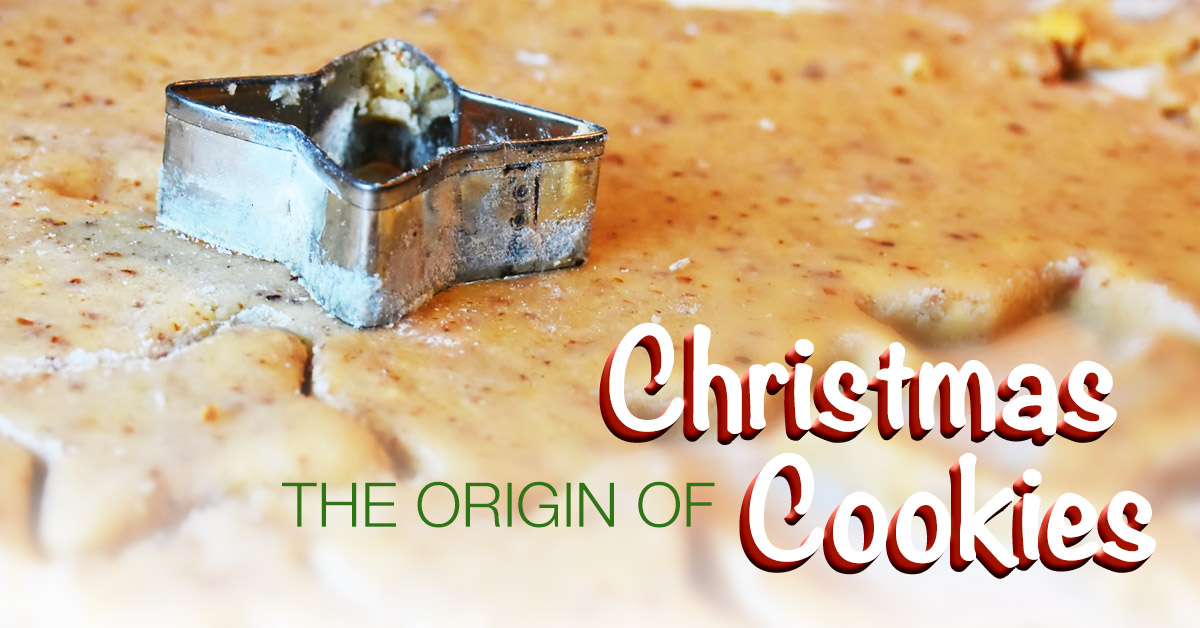We all enjoy different Christmas traditions, but one is a special delight for almost all Americans—Christmas cookies. Whether at church fellowships or at home on Christmas Eve, these holiday treats seem to be everywhere. But where do Christmas cookies come from? I confess that I hadn’t thought about the origin of this tradition until I was preparing to teach my second grader about the middle colonies in colonial America using BJU Press Heritage Studies.
The Middle Colonies
The middle colonies were uniquely diverse among the English colonies. New York and New Jersey were both settled by Dutch people. And Pennsylvania’s religious freedom attracted large numbers of Germans and Dutch even though it was founded by the English Quaker William Penn. The multicultural nature of these colonies had an impact on US history, but that fact can easily be lost on a seven-year-old. So BJU Press Heritage Studies 2 uses Christmas traditions to illustrate how these different nationalities contributed to America’s unique cultural identity.

Our Christmas Traditions
As Heritage Studies 2 presents the story of the founding of the middle colonies, it discusses how the different nationalities brought different Christmas traditions with them. Germans brought Christmas trees and nativity scenes, and the English decorated their homes with evergreens, berries, and candles.
Then there were the Dutch. Since cooks in those days didn’t have a way of measuring the temperature in their ovens before baking cakes, they would take a small amount of batter and put it in the woodstove ovens to test the temperature. People in Holland called these test cakes koekje (KOOK-yieh), which means “little cake.” Eventually, they started making koekjes into people shapes that could be decorated after being baked. That was the basis for gingerbread men and other Christmas cookies we still enjoy every year.
As my daughter and I learn about the founding of these critical American colonies, it has been fun and insightful to see how BJU Press helps me use Christmas traditions to demonstrate how the nationalities in those early colonies influence our lives even today.
Find out more about how BJU Press textbooks support teaching history.